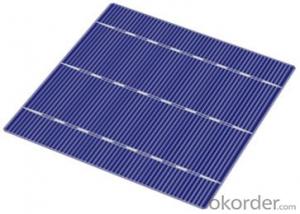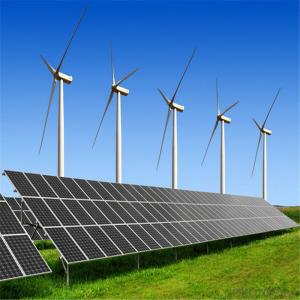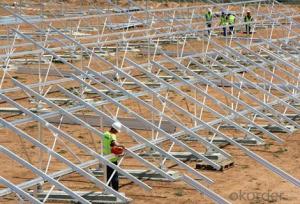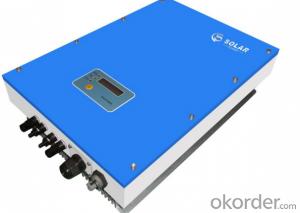Tbb Solar Inverter
Tbb Solar Inverter Related Searches
T Solar Inverter Tbea Solar Inverter Abb Solar Inverter Solar Abb Inverter T.A. Solar Inverter Thunderbolt Solar Inverter Abb Solar Power Inverter Abb Solar Panel Inverter Tmeic Solar Inverter Igbt Solar Inverter Abb Hybrid Solar Inverter Tabuchi Solar Inverter Inverter Solar Solar Solar Inverter Battery Solar Inverter Tesla Solar Inverter Tesla Inverter Solar Taiwan Solar Inverter Mtn Solar Inverter Inverter Battery Solar Toshiba Solar Inverter Solar Battery Inverter Battery Inverter Solar Titan Solar Inverter Abb Solar Pump Inverter Bp Solar Inverter Inverter Solar Battery Abb 3 Phase Solar Inverter Solar Based Inverter Tata Solar InverterTbb Solar Inverter Supplier & Manufacturer from China
Tbb Solar Inverter is a high-performance product designed to convert solar energy into usable electrical power. This efficient device is essential for harnessing the power of the sun and integrating it into various electrical systems. Tbb Solar Inverters are widely used in residential, commercial, and industrial settings, making them a popular choice for those looking to adopt renewable energy solutions. These inverters are known for their reliability, efficiency, and ability to maximize the output of solar panel systems, ensuring that users can enjoy the benefits of clean, sustainable energy. Okorder.com is a leading wholesale supplier of Tbb Solar Inverter, offering a vast inventory to cater to the diverse needs of customers worldwide.Hot Products

















































